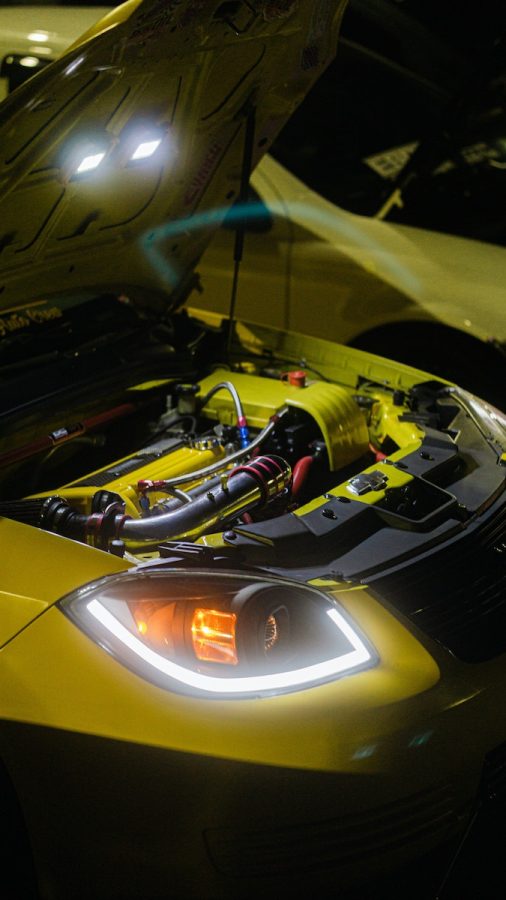The Engineering Of Hypercars
Engineering of Super/Hypercars
Source: Brandin T
Hypercars, also known as supercars, are high-performance vehicles with powerful engines and advanced technologies. These cars are engineered to provide an exhilarating driving experience, and they often command a high price tag. But how do engineers design and build these impressive machines?
One of the most important aspects of a hypercar is its engine. Engineers work to develop engines that can produce massive amounts of horsepower while still providing efficient fuel consumption. This requires a fine balance between power and weight, as heavier engines require more fuel to operate.
To achieve this balance, many hypercars use lightweight materials like carbon fiber and titanium to reduce weight while maintaining strength. These materials are expensive, but they allow for better handling and faster acceleration.
Another key factor in hypercar engineering is aerodynamics. Engineers design the body of the car to reduce drag and increase downforce, which improves stability at high speeds. This often involves complex calculations and wind tunnel testing.
In addition to traditional mechanical engineering, hype cars also rely heavily on software and electronics. Advanced traction control systems, launch control, and computerized suspension systems are all used to optimize performance and improve handling.
Finally, safety is always a top priority for hypercar engineers. These vehicles are designed with features like reinforced carbon fiber frames, impact-absorbing crumple zones, and advanced airbag systems to protect the driver and passengers in the event of a crash.
In conclusion, hypercars are a testament to the skill and ingenuity of automotive engineers. From powerful engines to advanced electronics, these vehicles represent the cutting edge of automotive technology. Whether you’re a fan of speed and performance or just appreciate great engineering, there’s no denying the impressive feats achieved by hypercar designers and builders.











